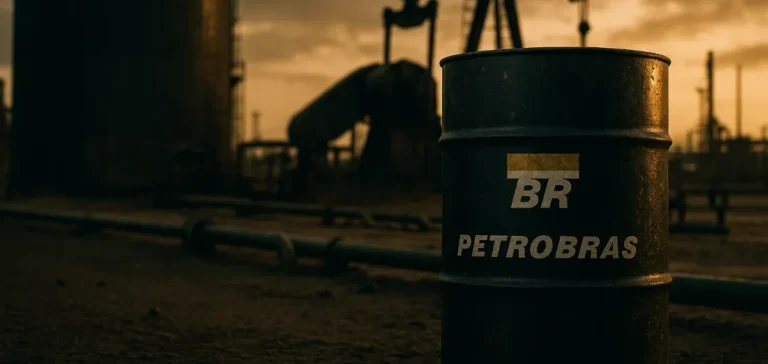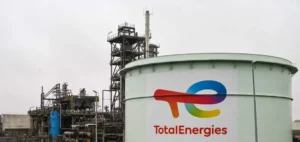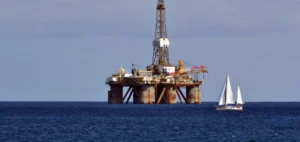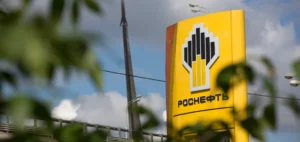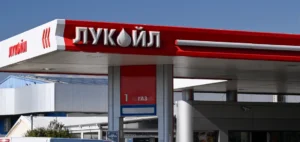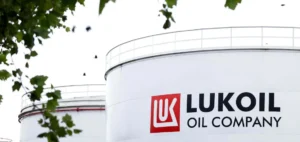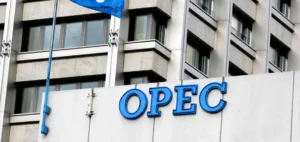India and Brazil are strengthening their energy cooperation as Washington imposes punitive tariffs of 50% on their exports. For New Delhi, diversifying oil supplies has become imperative: Russian crude remains dominant in its imports but raises concerns over risky dependence. For Brasília, the challenge is to secure new outlets for rising production, as more than 60% of its current oil exports are destined for China.
U.S. Sanctions and Trade Reorientation
In August 2025, the United States imposed an additional 25% duty on Indian exports, raising the total tariff to 50%. At the same time, Brazilian exports to the U.S. were hit by the same tax, although some energy products were exempted. These measures represent an estimated burden of over $12 billion annually for Indian and Brazilian exporters, according to official calculations.
The diplomatic response was immediate. Narendra Modi and Luiz Inácio Lula da Silva agreed to accelerate bilateral trade, aiming to increase overall commerce between the two countries from $16 billion in 2024 to $20 billion in 2030. Energy is one of the pillars of this strategy, alongside defense, agriculture, and technology.
Rapid Growth in Oil Flows
In the first half of 2025, India imported an average of 72,000 barrels per day (b/d) of Brazilian crude oil, compared to 41,000 b/d a year earlier—an increase of 75 to 80%. Over the same period, Russia supplied about 1.67 million b/d to India, representing more than 40% of its basket, while the U.S. shipped 271,000 b/d (+51%). Iraq and Saudi Arabia, traditionally top suppliers, saw their volumes fall by 2 to 4%.
Brazil is thus emerging as a new supplier to New Delhi, behind Nigeria, whose shipments to India reached 228,000 b/d in the first half (+26% year-on-year). This trend confirms a gradual shift toward non-OPEC (Organization of the Petroleum Exporting Countries) crudes.
Crude Grades and Logistics Costs
Indian cargoes from Brazil consist mainly of medium sweet crude from the pre-salt, with about 43% Lula/Tupi, 28% Sépia, and 14% Atapu. Heavy Peregrino crude accounted for around 14% of volumes. Indian Oil Corporation (IOC) received most of the cargoes at its Paradip terminal, while Reliance Industries imported Peregrino via its Sikka port.
Transporting a Very Large Crude Carrier (VLCC) from Brazil to India takes about 28 to 30 days, compared to 6 to 8 days from the Gulf. Freight costs range between $15 and $20 per metric ton, nearly three times higher than the $4 to $6 per ton from the Middle East. This gap forces Brazil to grant discounts of $1 to $2 per barrel to remain competitive.
Recent Contracts and New Agreements
In February 2025, Petrobras signed a one-year contract with Bharat Petroleum Corporation Limited (BPCL) for 6 million barrels of crude, or about 16,500 b/d. This renewable deal marks the first term supply between Petrobras and an Indian refiner. It adds to spot cargoes purchased by IOC and Reliance.
Petrobras also signed two memoranda of understanding: one with ONGC Videsh (the international arm of ONGC), and another with Oil India Limited. These agreements provide for technical cooperation in deepwater and ultra-deepwater exploration, as well as knowledge sharing on biofuels.
Upstream Exposure and Expected Production
Indian companies already hold stakes in Brazil. ONGC has a share in the BC-10 field (Campos Basin), operated by Shell, while Bharat Petroleum owns interests in five offshore blocks. Currently, production attributable to Indian companies does not exceed 8,000 barrels of oil equivalent per day.
New projects, however, are expected to change the scale: the Wahoo, SEAP-1, and SEAP-2 fields are scheduled to come onstream between 2024 and 2027. According to projections, these developments could raise production attributable to Indian companies to about 40,000 barrels of oil equivalent per day by 2028—five times the current level.
Asian Competition and Indian Trade-offs
China, the world’s largest crude importer, already absorbs more than 60% of Brazilian exports. In 2024, Beijing imported about 1.3 million b/d from Brazil—nearly 18 times more than India. Chinese refineries, facing restrictions on Iranian crude, are ramping up purchases of Brazilian grades, which could limit Indian access.
India is therefore maintaining a diversification strategy: in 2025, it increased U.S. crude imports to 271,000 b/d while keeping a strong reliance on Russian barrels. Brazilian flows fit into this balance, providing an additional source but constrained by regional competition and logistics costs.
Beyond Oil: Bioenergy and Renewables
India and Brazil are also tied through the Global Biofuels Alliance, created in 2023 with the U.S. In July 2025, the two governments signed a memorandum of understanding on renewable energy, covering ethanol, sustainable aviation fuel (SAF), and solar and hydrogen cooperation. Brazil, which produces more than 30 billion liters of ethanol annually, could increase its exports to India, where the bioethanol blending rate surpassed 12% in 2025, up from 5% in 2015.
These agreements highlight a diversification of energy cooperation, but crude oil remains the immediate priority given the volumes and the urgency of securing alternatives to Russian and Middle Eastern flows.
A Partnership in the Making
U.S. sanctions have accelerated an ongoing trend: India seeks to broaden its supply portfolio, while Brazil wants to diversify its outlets beyond China and the U.S. The contracts signed in 2025, rising seaborne flows, and upstream projects provide the first concrete milestones. The question remains whether these initiatives will make Brazil a structural supplier for India, or whether they will remain limited by logistical constraints and economic trade-offs.


